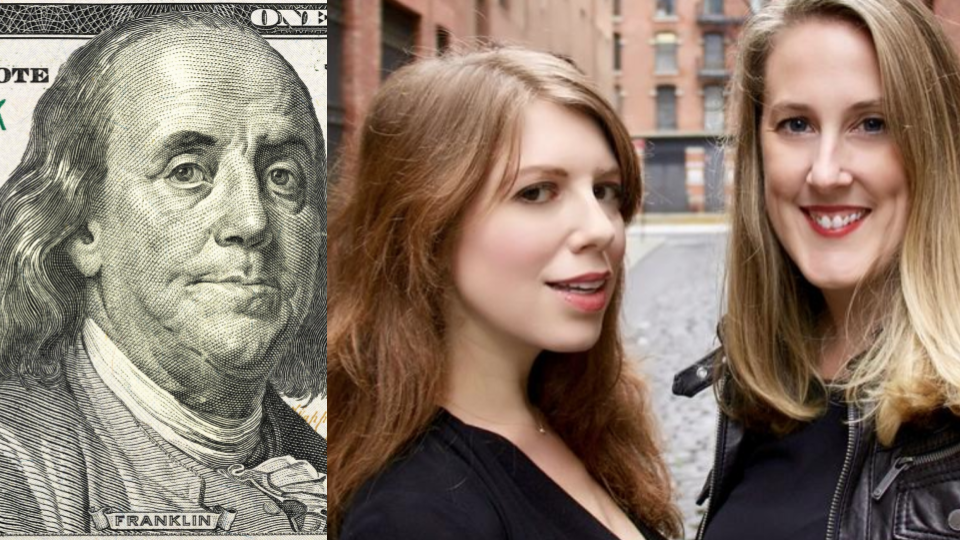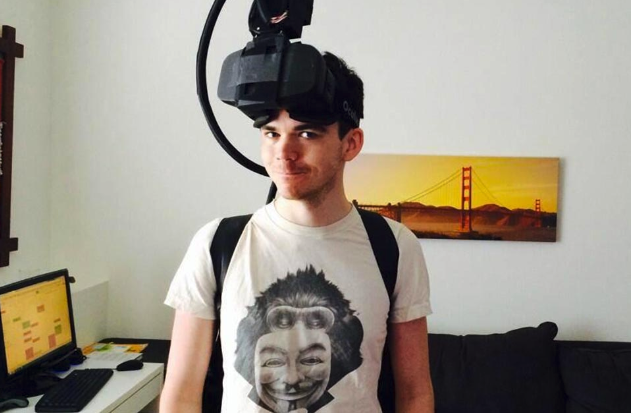The Modern Junto: How Executive Peer Groups Print Millions

(Lindsay Kaplan & Carolyn Childers are printing Benjamins with their modern, women-centric executive peer group, Chief)
Summary
- In 1727, Ben Franklin started a group of fellow business owners he called The Junto. They met regularly to promote mutual learning, and this model has lived on to today in the form of executive groups.
- Executive groups can be lucrative, with several generating $100m+ in annual revenue from a mixture of membership dues and paid events.
- The primary value: Meeting regularly with a trusted cohort. Entrepreneurs’ Organization (EO), for example, hosts regular forums, where curated groups of 6-10 meet to discuss business and personal growth. Nearly 90% of EO members take part in forums, with some investing additional time and money to travel to in-person gatherings.
- Groups live or die by the quality of their member interactions. They maximize this by:
- Vetting members, often by a mix of quantitative and qualitative measures (i.e., company size, revenue, age, as well as culture fit and personality as judged by live interviews).
- Training volunteer leaders to manage group meetings.
- Building a purposeful culture around vulnerability, giving, and confidentiality that allows for high-quality interactions.
- Many still suffer from a lack of diversity. Women, for example, make up ~50% of the workforce, but only 7.6% of Fortune 500 CEOs. This lopsided representation transfers to peer groups too, where women and other underrepresented leadership demographics have a hard time finding the support they need. One of the fastest-growing organizations — Chief — has zeroed in on this need, offering a space specifically for high-powered female leaders to meet and share ideas with one another.
Table of Contents
1. Intro
Recently, we wrote a deep dive on the business behind paid communities, looking at companies like Creative Mornings and Harley-Davidson to figure out what draws people to those brands, how the communities around those companies build value, and why they’re important for helping a business survive tough economic times.
Of those, the largest we found was Harley-Davidson’s Harley Owners’ Group (H.O.G.), which generates tens of millions of dollars per year in revenue.

